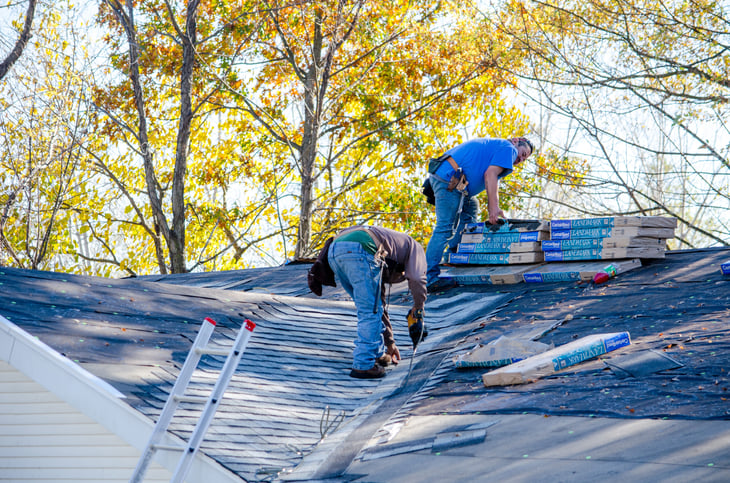
Editor’s Note: This story originally appeared on LawnStarter.
You’ve just replaced the roof on your home and want to make sure your new roof will have a long lifespan. It’s important to maintain your roof so that it will keep taking care of you.
Also, on average, the cost of replacing your roof is approximately between $5,000 to $11,000. Roof repairs range around $350 to $1,200.
These tips will help keep your roof in good shape and protect your investment.
1. Avoid Power Washing
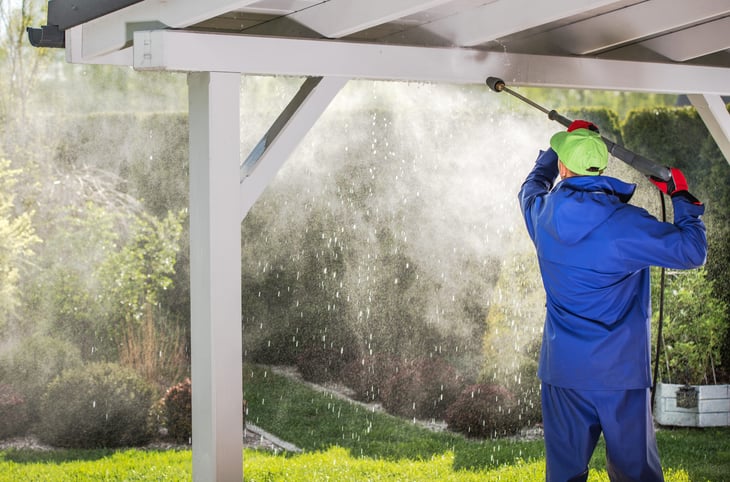
Powerful water blasts dislodge and loosen granules from the shingles’ coating, causing shingles to become brittle and crack easily.
Old roofs are susceptible to power washing damage. Roofs are designed to protect you from the weather, not to withstand highly concentrated jets of water.
Instead, have your roof cleaned with a leaf blower or broom. Soft washes use gentle, low-pressure rinsing and cleaning detergents and are a great way to remove dirt, moss, sand, or dust from your roof.
It’s important to clean your roof or have it cleaned approximately every one to three years. And remember to use methods that won’t shorten your roof’s lifespan.
2. Unclog Gutters
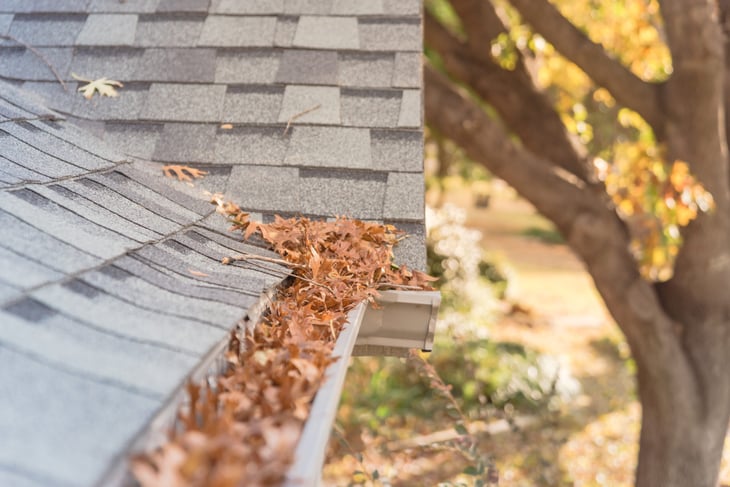
To increase the life expectancy of your roof, regularly check that your gutters and downspouts are free of leaves and debris.
Leaves, pine needles, sticks, and acorns get jammed in the gutters, causing clogs. Clogged-up gutters result in a buildup of water at the edge of your roof, which causes leaks or rot.
Trapped water and leaves in your gutters offer an ideal habitat for pests to hide, and you don’t want that kind of trouble bugging you.
In cold climates, cluttered gutters are more prone to developing ice dams on the edges of your roof.
Routinely check and clean your gutters so that water flows freely off your roof.
3. Keep Leaves, Moss, and Mold Off Your Roof
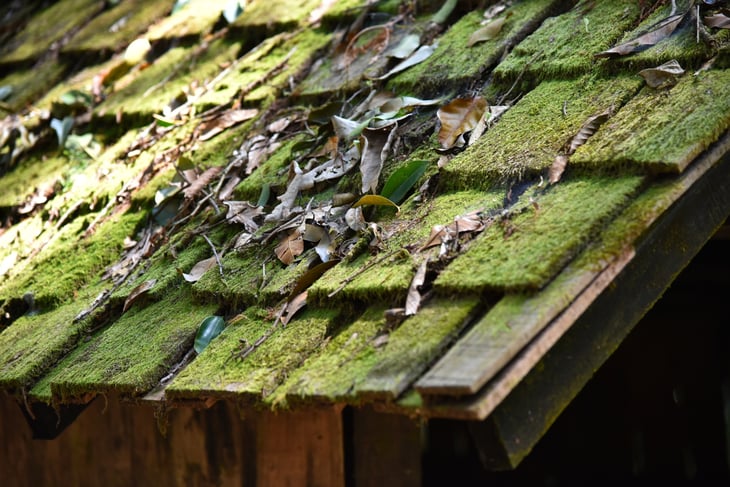
Leaves, branches, moss, mold, and algae belong in a forest, not on your roof. Gathered leaves trap moisture on your roof, and fallen branches puncture shingles.
Moss causes damage to roof shingles by loosening and lifting them as the moss grows. As a plant that absorbs and stores water, moss leads to mold and bacteria destroying your roof. It’s best to scrub off growing moss with water and a scrub brush to prevent it from causing decay on your roof.
Inspect your roof after a rainstorm or gusty winds and clear it of any debris that accumulated during stormy weather.
4. Have Good Attic Insulation
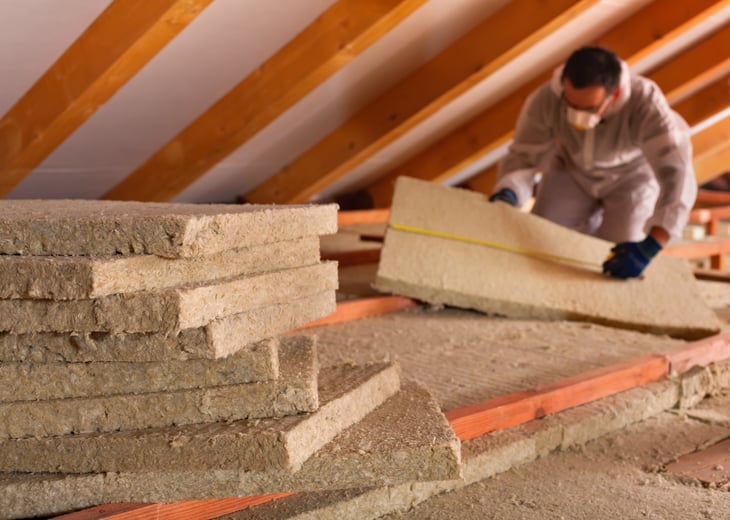
Not only will properly installed insulation protect your roof from damage, it will save you money on power bills and help maintain comfortable home temperatures. Insulation keeps cool air inside during the summer and heat inside during the winter.
Good insulation prevents condensation and moisture forming on the underside of the roof. This prevents rot and mold. Attic insulation also protects shingles from decaying from hot air exposure.
5. Have Good Ventilation
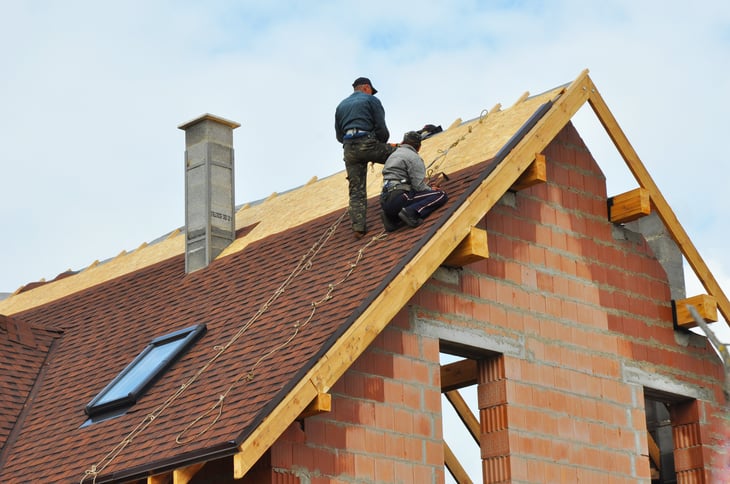
Good ventilation in your home and attic prevents condensation and moisture from damaging your roof.
For good attic ventilation, soffits, vents, and exhaust fans needed to be properly placed. Badly placed soffits and vents can lead to condensation forming on the decking supporting your roof, which causes rot or mold. Poor ventilation also can result in ice dams forming on your roof in the wintertime.
Soffits need to be placed near the lower part of the attic, and roof vents should be placed in the higher part of the attic. This helps the cool air flow in and the hot air flow out. If your attic overheats, it can crack or damage your shingles.
Remove debris that is blocking attic vents. This gives your roof proper ventilation and protects it from moisture damage.
6. Do General Inspections
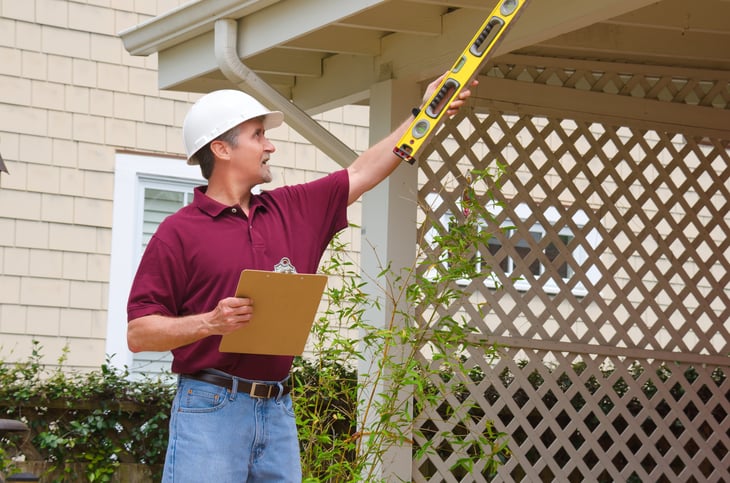
Regular checkups by a professional roofer will determine the integrity of your roof and catch problems early on while they’re still small and easily fixed.
It’s also good practice to inspect your roof for damage after a rainstorm or hailstorm.
A full inspection of your roof includes the gutters and drainage system as well. An inspection of your attic helps assess possible issues from the interior side of your roof.
Here are some things to look out for when inspecting your roof:
- Missing or loose shingles
- Torn, cracked, or curling shingles
- Sagging or leaning roof
- Dents
- Holes
- Debris on roof and around chimneys, pipes, and vents
- Lots of visible shingle granules
- Algae or moss growth
- Protruding nails
- Gutters and downspouts
- Inside Your Home
- Leaks
- Ceiling wet spots
- Damaged flashing
- Wood damage
Hiring a professional roofing contract helps you stay safe, and a professional’s eye can catch issues that you might miss.
7. Remove Snow and Ice
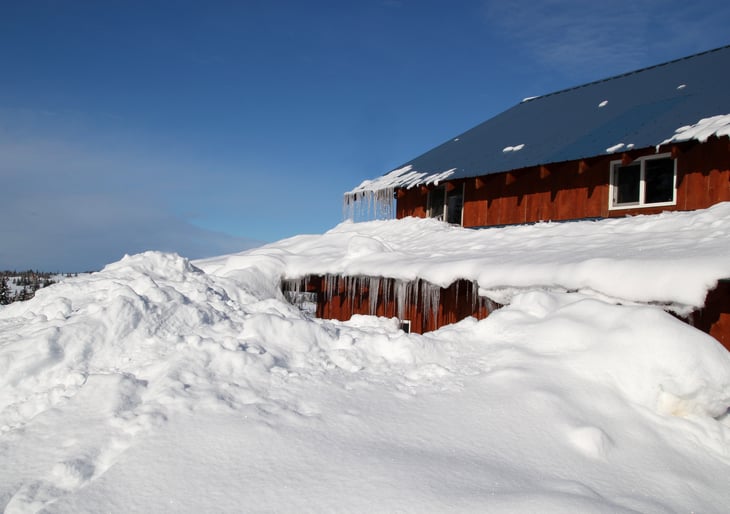
Ice and snow are bad news for your roof. Heavy snow piles can cause your roof to collapse under the weight. Ice dams prevent water from properly draining off your roof, which could cause leaks and damage your gutter system.
To avoid ice dams accumulating on your roof, remove snow from your roof with a roof rake or a snow rake. A snow or roof rake will allow you to knock snow off your roof safely from the ground. Don’t use tools that might damage the shingles.
Good insulation is the best way to prevent ice dams from forming. If your home forms a lot of ice dams during the winter, your insulation needs to be replaced or repaired.
8. Fix a Damaged Chimney

Have your chimney inspected once a year. Chimney cracks let in water and moisture, which harms your roof system. Repairing your chimney prevents cracks from turning into expensive problems.
Here are some signs that your chimney may need repair:
- Leaks
- Cracks
- Flaking or fallen tiles
- Missing or damaged shingles near chimney
- Damaged or deteriorated flashing
- Crumbling masonry
- Rust on the metal elements of your chimney
- White staining on the outside of your chimney
- Ceiling and wall stains near chimney
- Damaged mortar joints
9. Keep Trees Trimmed Away from Your Roof
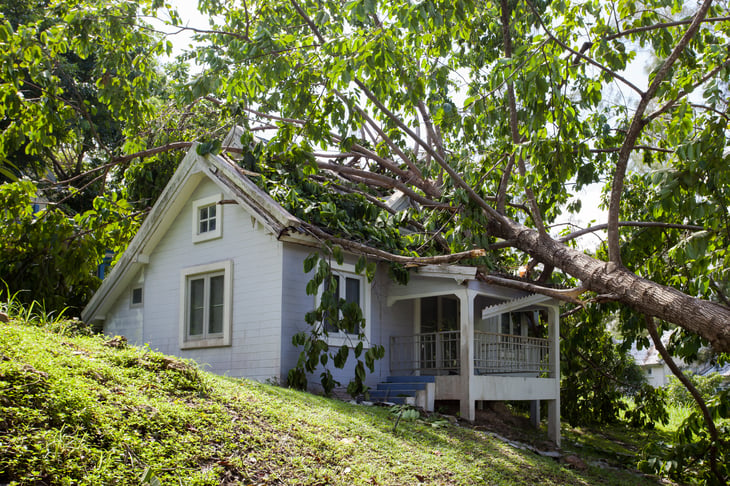
Trim back any tree limbs hanging over your roof. Keeping tree branches away from your roof prevents them from falling on your home and damaging shingles or puncturing your roof.
Overhanging branches drop lots of leaves. These leaves will clog your gutters and you will have to regularly clean them.
Also, too much shade from trees is bad for your roof. It prevents your roof from drying out, so moisture left on your roof provides a ripe ground for growing moss and algae.
Aside from that, tree limbs near your roof grant wildlife access to your home. Critters such as squirrels may climb from trees over your roof and find their way into your home and damage your insulation, which is also harmful for your roof.
Trim your trees so that their branches are about 10 feet away from your roof.
10. Keep It Wind- and Storm-Resistant
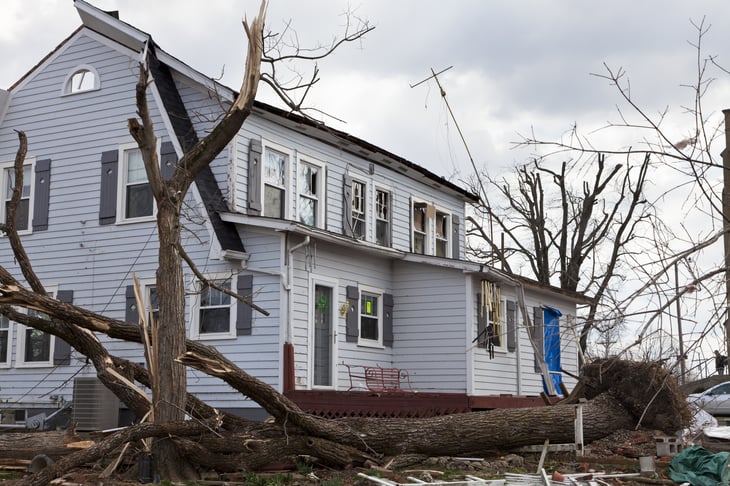
Your roof is always battling the elements, so you’ll want to protect it from fierce storms. It’s especially important to protect your home if you live in an area that regularly experiences hurricanes, tornados, or nasty rainstorms.
Some things you can do to protect your roof from storms and fierce winds:
- Regularly inspect your roof. A roof in good shape is less susceptible to storm damage, so regularly check the state of your roof.
- Keep your roof free of debris and your gutter free of clutter. Prevent clogs and allow your drainage system to work efficiently.
- Invest in a good roof design. Some roofs are better designed to be storm-resistant than others, so it’s a good idea to invest in one built to withstand storms. Metal roofing is usually the best option for a stormproof roof, but slate, asphalt, and tile are also good for enduring storms and high winds.
- Choose good roofing materials. Metal roofs are particularly durable and the best option for weathering storms.
- Make sure your roof is well-maintained. Your roof will be less effective in staving off storms if it’s in bad condition.
- Check your trees. Trim tree branches back and remove dead branches. Test the stability of your trees, as trees can be knocked over in storms and pose a danger to your home.
- Cover your roof with protective material. Shielding your roof with plywood protects your roof from fierce storm and wind damage.
